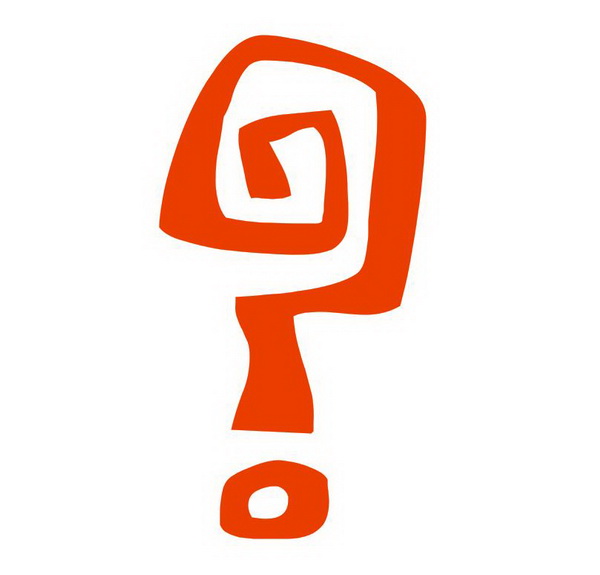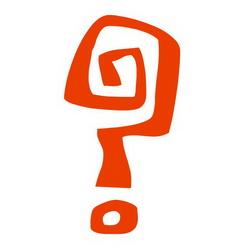Original text by Marina Belova
I think that sooner or later every embroiderer comes to a situation where the wrong side of the embroidery must look almost as good as the front side. I'm not talking about the wrong side without knots, bumps, tangled threads and other attributes of an ill-adjusted machine. What I'm talking about is a specific garment, where the wrong side cannot in any way be hidden, so it is very important how it looks like. This is true for such items as:
- curtains, transparent organza-like fabrics, veiling or netting
- pennants and flags
- also comforters, towels, scarfs, and hand napkins.
Can be anything, really, one cannot count all of the possible options offhand.
The most common advice on how to make a double-sided embroidery that one hears is to use the upper thread and the bobbin thread of the same type.
And it is a sound advice in case your design only has one color. But one justifiably wonders — what am I supposed to do if my design contains more that one color; 6 or 8, for example? Such a trick can be pulled off in the case of a single-piece production, where you can have a sufficient number of bobbins with the threads of different colors. But I don't find it very convenient to stop the machine every time I need to change the color and replace the bobbin. And what can be done in the case of the mass production on multi-head machines? I've never once seen a multi-colored embroidery sample with more than one bobbin thread color. So is this advice only good for single items where it is time for such things?
I've often had to deal with a client's request to not only match the underthread and the upper thread colors when embroidering on transparent tulle but also to remove all the thread ends on the bar tacks! Frankly speaking, it has always puzzled me. I remember once me and my colleague,
Catherine, manually hid the thread ends by inserting them into the needle's end and drawing them under the neighboring stitches — what an interesting job that was! Later I didn't bother to do anything like that, and in case we had such a request from a client, we just cut all the thread ends on the bar tacks, not caring about the fact that the embroidery would unstitch immediately after the first wash.
If you look at the wrong side of such garments made by the Turks or Germans or Italians, you'll see right away that there are no thread ends there: the wrong side is always neat. This indicates that they:
- either adjust their machines so that the thread ends were short and, therefore, invisible from the start
- or, they cut them off afterward like I used to do.
And of course, they digitize the design properly, planning the embroidery sequence in such a way that the number of trims and bar tacks was kept to a minimum.
Does anyone know how they manage to get such a neat wrong side? Would you please kindly share your experience with us?
And lastly, more complex items: pennants and flags. I've seen the pennants and everything there is more or less clear for me — the wrong side is simply covered with the piece of the same fabric without the embroidery and the decoration is added along the perimeter. But what about flags?
Do they embroider two pieces of fabric, mirroring the design, and then sew two of them up and add the decoration along the perimeter? How do they do it? Would someone please be so kind to tell us?
There are more questions than there are answers in the machine embroidery, as usual.





There are no reviews to display.